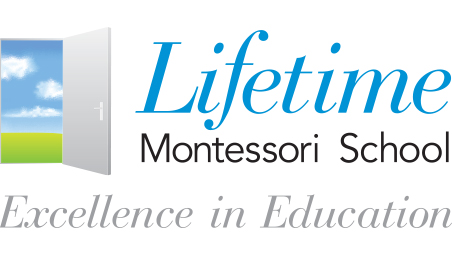(858) 759-0631
Several articles backing the Montessori Method have been published recently concerning:
- The Consequences of Forcing Young Kids To Sit Too Long In Class
- How Schools Ruined Recess
- Why So Many Kids Can’t Sit Still in School Today
The premise: kids are not being permitted to play long enough during school.
Authors Angela Hanscom and Valerie Strauss are advocating more playtime for preschoolers as a way to bridge academics with social, emotional and physical well-being. Kids need time to imagine and move in their own ways, they say, and nature requires imagination and invites discovery.
Hundreds of published comments have echoed their sentiment. Blogger Richard Miller wrote, “We need to stop forcing kids to be focused on what we think are the goals they need and let them focus on just being kids.” Another parent said, “free and active play is learning.” A third individual wrote, “Strong, healthy bodies are built with unstructured play.”
We Believe In Structured and Unstructured Play
At Montessori Method schools, we are strong proponents of two types of play—unstructured and structured.
By unstructured play, we mean you, your classmates, the outdoors and your imagination. We’re okay with children being bored--because when you’re bored, you’re creative.
It’s okay for your preschool kids to go outside because they’ll find things to do. When kids are bored, they fix it by learning to entertain themselves. They might get dirty or break something but they’ll figure out how things are, how things work and how to make things work.
All that by walking across the street to another child’s house and playing in the backyard! Playing tag, kicking the can, looking at trees, looking at flowers, looking at worms and insects and viewing nature.
How to Get Your Children to Go Outside
Parents shouldn’t be the exclusive person to play with their kids. You are not an entertainment tool. At younger ages, let them play independently without you.
How can we do that? Guide them!
For example, if you’re busy in the home office and your child is idle as a result, say to him or her, “I’m working in the office for ten minutes doing my own things. Please go outside for the next ten minutes and tell me what you did and found when you come back inside.”
In other words, tell kids what to do, observe and report back about their unstructured backyard adventure.
Also, we see much value in structured play that builds strong bodies and minds such as Scouts, soccer and gymnastics. Just mix the unstructured with the structured. But, again, parents don’t need to be entertaining their kids every moment of every day. Independence is capability.
By creating a ‘you do your thing, I do my thing,’ you will build both organized and unorganized play. This is one way to train you—our parent--to then train your kids.
The Value of the Arts
In addition to the unstructured and structured play, Lifetime Montessori School in Santaluz, a private school in San Diego County, incorporates art and music into our curriculum at all levels of instruction. For Toddlers, tapping out rhythms and creating art builds another way to learn.
At the Montessori preschool level, we expose students’ art by creating themes and musical uses, such as using ‘pitch-perfect bells.’ In this exercise, we set out two rows of bells--always the perfect set in the front row plus a matching set behind it that helps students learn to pitch when we move the front row around.
Our elementary school program incorporates learning the names of notes, rhythm, and songs, and learning to play the recorder. In conjunction, we teach painting—for example, using this paint with that artist or this form of art (straight lines, mosaics, or curves).
Structured Curricula After School
For toddlers and preschoolers, Lifetime Montessori School (LMS) offers after school enrichment classes, including gymnastics, dance, and yoga, cooking and playing ball. Our elementary school enrichment programs are based on parents’ and kids’ preferences. Currently offered are classes in chess, art, Spanish and Lego engineering.
The Montessori Method is the balance between both sides. Kids need fun time versus sitting for hours completing endless academics. Traditional schools have become increasingly rote-oriented and test-based.
Lifetime Montessori School in Santaluz tries to build both parts of the whole child—bridging academics with social, emotional and physical well-being.
STEM vs. STEAM
A core focus of traditional school education is STEM—science, technology, engineering and math-based skills taught to achieve high statewide test scores.
Lost in that curriculum has been the elimination of arts and athletics.
A core difference between STEM and what is known as STEAM—which adds ‘A’ for athletics and the arts (art, music, dance, theater)—is a more well-rounded curriculum that allows for a more imaginative and creative educational experience.
It’s this ‘A’ that allows Lifetime Montessori School in Santaluz to stand out. We have higher expectations for accountability and ability. Most importantly, the ‘A’ gives our students a freedom to explore, learn and gain acceptance by succeeding again and again and again. That’s why we play!
This article is an outgrowth of stories written by Angela Hanscom, pediatric occupational therapist, and Valerie Strauss, reporter, for The Washington Post.

